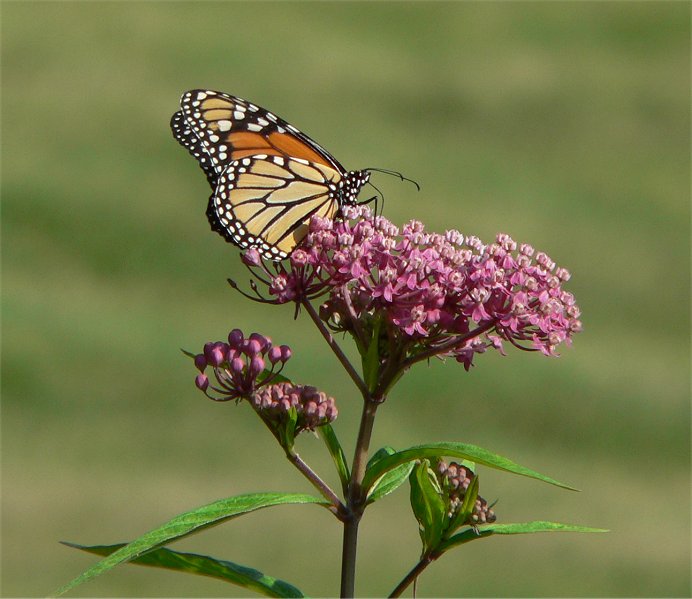Starting seeds indoors is an exciting part of gardening, but it’s not without its challenges. One of the most common issues is etiolation, where seedlings become stretched, pale, and weak. This condition often occurs when light is insufficient, leaving plants scrambling to grow taller in search of it. Jason from Fraser Valley Rose Farm recently shared an in-depth video tackling this issue and answering a key question: Can stretched seedlings be saved?
Drawing on Jason’s practical demonstration, this guide explores the causes of leggy seedlings, how to rescue them, and the best practices to avoid the issue in the future.
Why Seedlings Stretch
Seedlings stretching toward light isn’t inherently bad—it’s a natural survival mechanism called etiolation. In the wild, young plants elongate rapidly to reach light when they’re shaded by larger plants or obstacles. However, in controlled environments like your home, this response leads to long, thin, and often weak stems if light is inadequate.
Jason explained that this often happens in indoor setups during late winter or early spring. Factors like warm temperatures, high humidity, and improper light levels exacerbate the problem, leaving seedlings vulnerable to stress.
Steps to Rescue Stretched Seedlings
Jason demonstrated a step-by-step approach to rescuing his deliberately neglected seedlings. With the right care, many leggy seedlings can recover and thrive.
1. Increase Light Intensity
The most critical step is improving light levels. Jason moved his seedlings to a bench with plenty of natural sunlight and added supplemental grow lights. For those starting seeds indoors, modern white LED grow lights are among the best options. These energy-efficient lights mimic natural daylight better than older “blurple” (blue and red) LEDs, making them easier on both plants and the gardener’s eyes. Compact LED fluorescent replacements are also affordable and highly effective for small setups.
Position lights close to the seedlings—around 2–4 inches above—adjusting the distance as they grow to prevent overheating.
2. Lower Temperatures
Warm indoor temperatures can encourage further elongation. Jason cooled the room by opening windows and lowering the ambient temperature to mimic the cooler conditions seedlings encounter outdoors. A target range of 18–21°C (65–70°F) is ideal for most seedlings.
3. Improve Airflow
Using a gentle fan, Jason introduced airflow to the seedlings. This movement strengthens their stems by simulating the natural swaying caused by outdoor breezes. He emphasized keeping airflow light—just enough to make the plants move slightly.
4. Provide Nutrients
Leggy seedlings often lack access to essential nutrients. Jason applied a diluted liquid fertilizer at half the recommended strength to feed the plants. This gave them the boost they needed without overwhelming their delicate roots.
Prevention Is Better Than Cure
While rescuing seedlings is possible, Jason highlighted the importance of preventing etiolation in the first place. As he pointed out, light is the most critical factor, but other adjustments also make a big difference. After germination, he recommends:
- Removing humidity domes and stopping the use of heating mats.
- Placing seedlings under bright lights for 12–16 hours a day.
- Keeping temperatures cool (18–21°C or 65–70°F).
- Introducing airflow early to strengthen stems.
Hardening Off: Preparing Seedlings for the Outdoors
Once your seedlings regain their strength and outdoor temperatures allow, Jason emphasized the importance of hardening them off. This gradual process prepares seedlings for outdoor conditions, reducing transplant shock. Start by placing them outside in a shaded spot for a couple of hours a day, gradually increasing exposure to sunlight and wind over a week or two. Eventually, they can be left outside overnight before transplanting them into the garden.
Special Advice for Tomato Seedlings
Jason shared a unique tip for tomato plants that may remain slightly leggy even after recovery. Tomatoes are exceptional in their ability to form roots along their buried stems, a trait known as adventitious rooting. By stripping the lower leaves and burying the stem deeper during transplanting, you can stabilize the plant and promote healthy growth—an option not available for most other seedlings.
Knowing When to Move On
Not all seedlings can be saved. During his demonstration, Jason identified a few seedlings that remained too thin and weak to thrive despite improved conditions. He explained that thinning these out ensures the remaining plants have better access to light, nutrients, and space. Recognizing when to let go allows you to focus your efforts on healthier seedlings.
Final Thoughts
Stretched seedlings don’t have to mean the end of your gardening success. By increasing light levels, improving airflow, lowering temperatures, and providing nutrients, most leggy seedlings can recover and grow into strong, healthy plants. As Jason demonstrated, these principles not only rescue struggling seedlings but also set the stage for a thriving garden.






